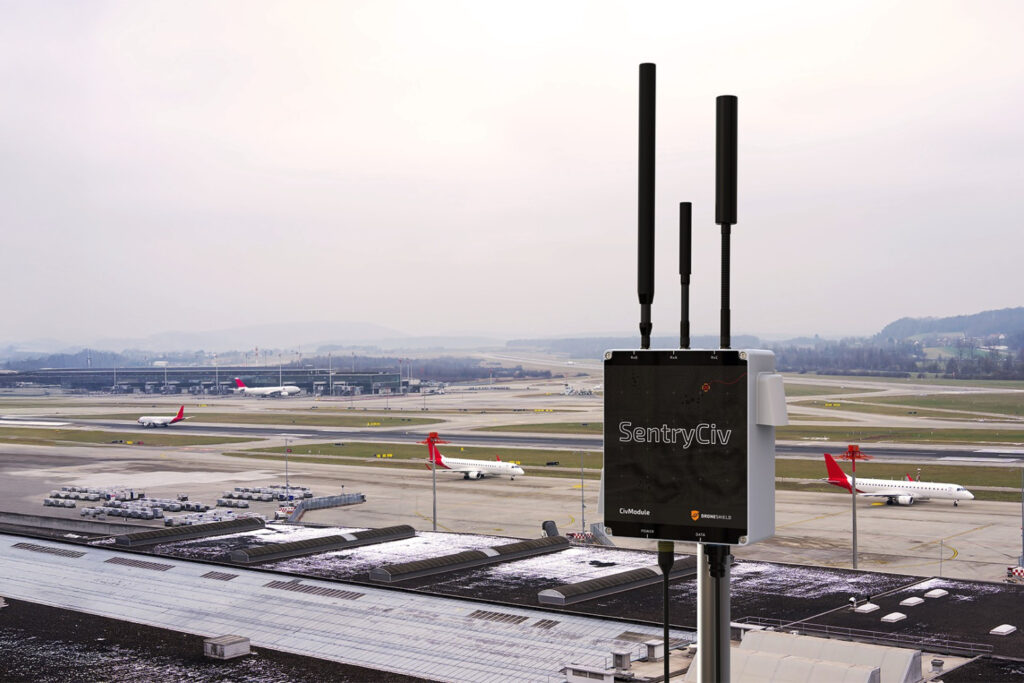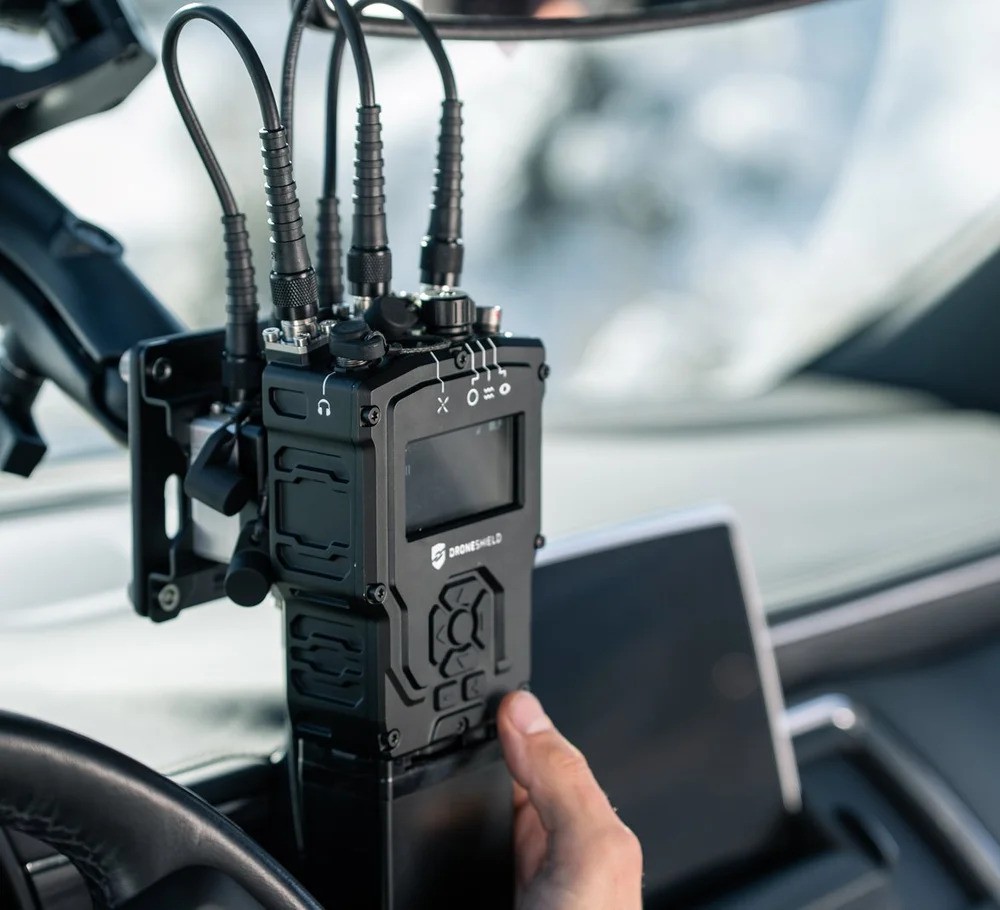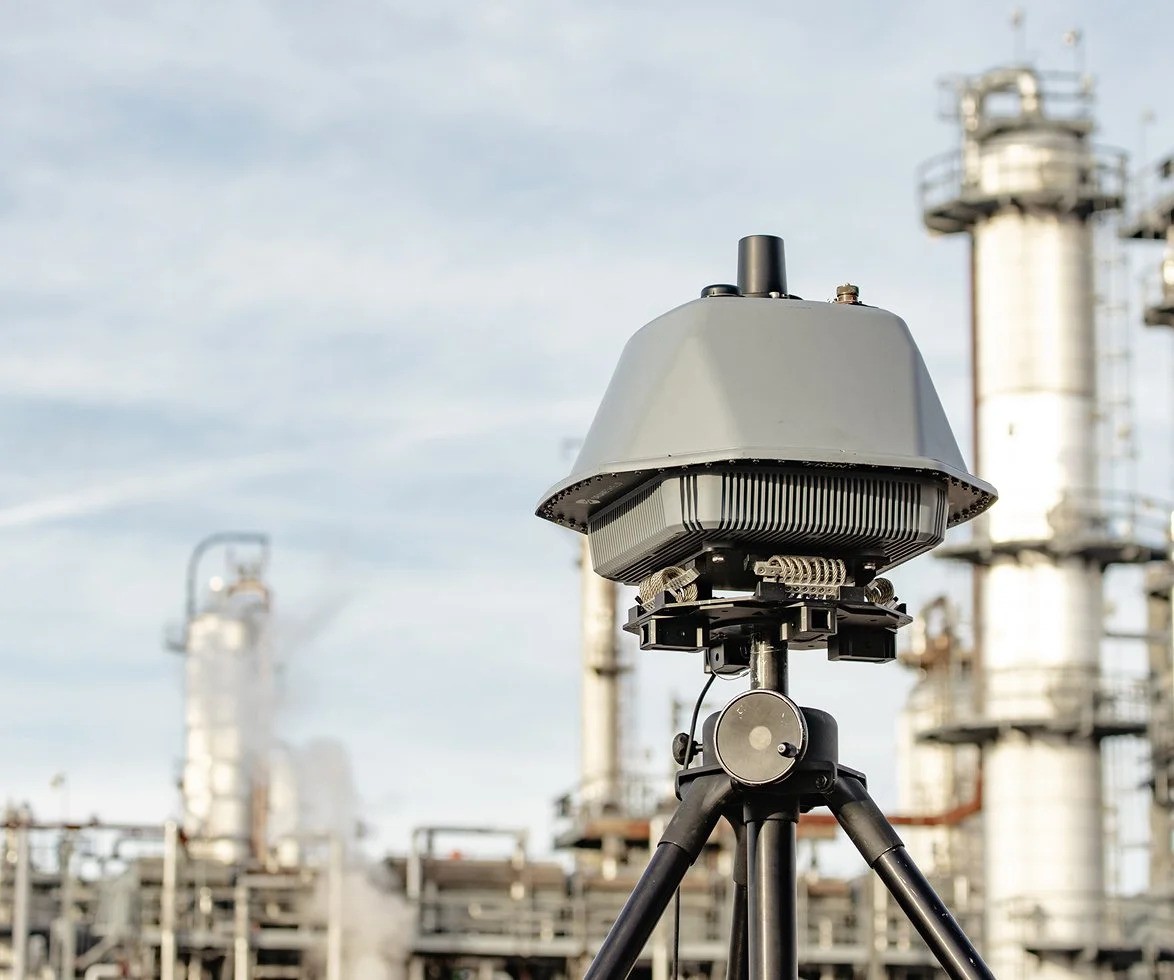Best Practices for Counter-Drone Deployment at Civil Airports
Unmanned aerial systems (UAS) are rewriting the rules of airspace management. What began as hobbyist innovation has become a tangible operational risk, especially for civil airports, where even a single rogue drone can halt flights, disrupt schedules, and erode public confidence.
A new white paper from DroneShield, Best Practices for Counter-Drone Deployment at Civil Airports, sets out a practical framework for how airports can get ahead of this emerging threat.
Why airports can’t ignore the drone problem
Airports move billions of passengers and tonnes of cargo each year. They are increasingly exposed to small, inexpensive drones operated by both careless hobbyists and bad actors.
Most incursions are accidental, but some are deliberate, with drones used for smuggling, surveillance, and targeted disruption. The line between nuisance and national security is thinner than ever.
For aviation authorities and airport operators, counter-drone capability is now part of the critical infrastructure playbook.
A layered approach to detection and response
DroneShield advocates a layered model combining multiple sensor technologies to detect, identify, and respond before threats affect operations.

Detection
- RF sensors provide the first layer, passively scanning for control or telemetry signals.
- Radar covers larger areas and can identify autonomous drones that don’t rely on RF links.
- Optical and thermal sensors add visual confirmation, especially when supported by AI classification.
Response
In civil aviation, physical interception is rarely appropriate. Instead, airports rely on non-kinetic options such as:
- RF disruption, which interrupts control links to force a safe landing or return-to-home.
- Cyber takeover, which redirects or disables a drone through secure command override.
At the centre of this layered system is an integrated operations platform that fuses data from sensors, logs, and video feeds, enabling coordinated, legally compliant action.

Building operational resilience
Technology alone is not enough. The white paper highlights the importance of structured operations and collaboration across agencies:
- Risk-based assessments to map terrain, likely launch zones, and communication vulnerabilities.
- 360-degree coverage extending beyond runways and approach paths.
- Clear escalation and communication procedures across all airport departments and law-enforcement partners.
- Regular training and simulation exercises to ensure readiness for real-world incursions.
The roadmap to implementation
DroneShield outlines a step-by-step pathway for airports adopting counter-UAS systems:
- Conduct a comprehensive site and spectrum assessment.
- Design a layered sensor network suited to the environment.
- Integrate counter-drone technologies into existing security and emergency systems.
- Carry out regular simulations and operator training.
- Maintain and evolve systems to keep pace with new drone technologies and tactics.
This structured approach ensures compliance, operational resilience, and continuous improvement.
Why it matters for New Zealand crowded places and critical infrastructure.
While airports are a clear focal point for drone risk, the challenge extends far beyond aviation. DroneShield’s counter-UAS technologies are designed to protect a wide range of environments, from military bases and critical infrastructure to correctional facilities, public events, and stadia. Each of these locations faces unique operational and safety risks from unauthorised or malicious drone activity.
In the New Zealand context, these technologies have broad relevance: safeguarding national assets, maintaining public safety at major venues, and supporting resilience across essential services. As drones become more capable and accessible, the priority is not just detection but integration, ensuring that counter-drone systems work seamlessly with existing security operations, communications, and emergency frameworks.

For Nextro’s defence, infrastructure, and aviation partners, the message is clear: drone mitigation is not a single-use tool but a core component of modern situational awareness and risk governance.
Key takeaways
- Drones represent an operational threat, not a novelty.
- Layered detection and non-kinetic mitigation provide the safest, most effective defence.
- Integration, coordination, and continuous improvement are critical.
- Full-spectrum situational coverage beyond runways is essential for resilience.
Contact Nextro today to discover how your organisation can strengthen long-term security.
